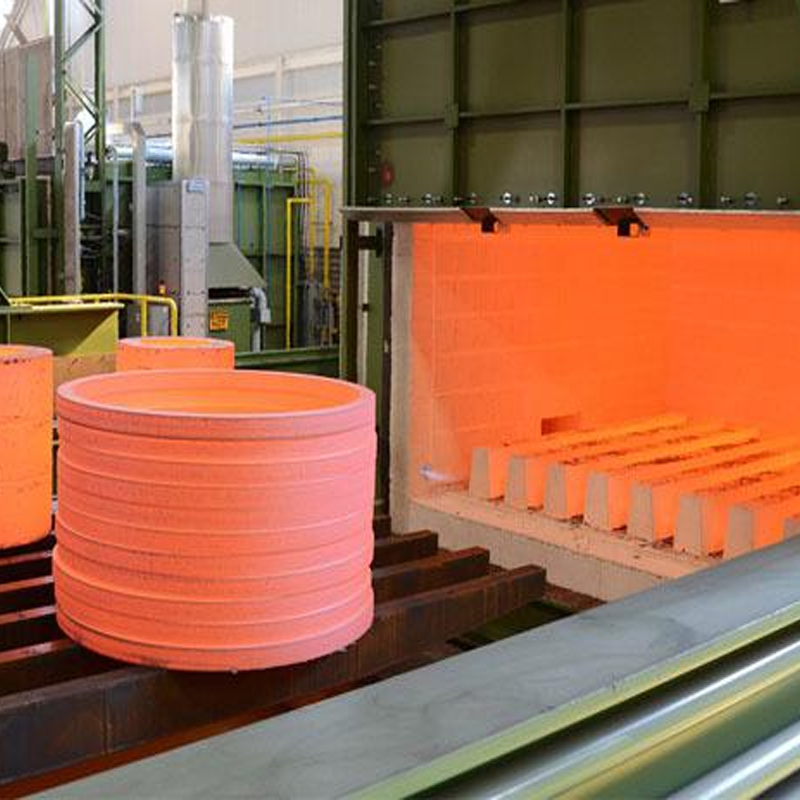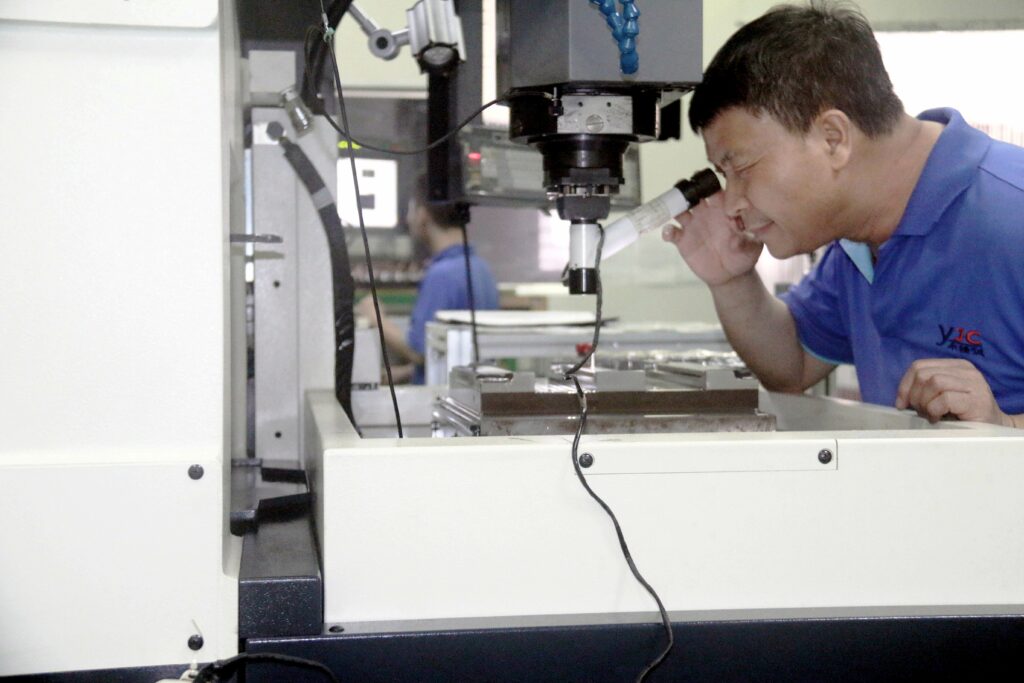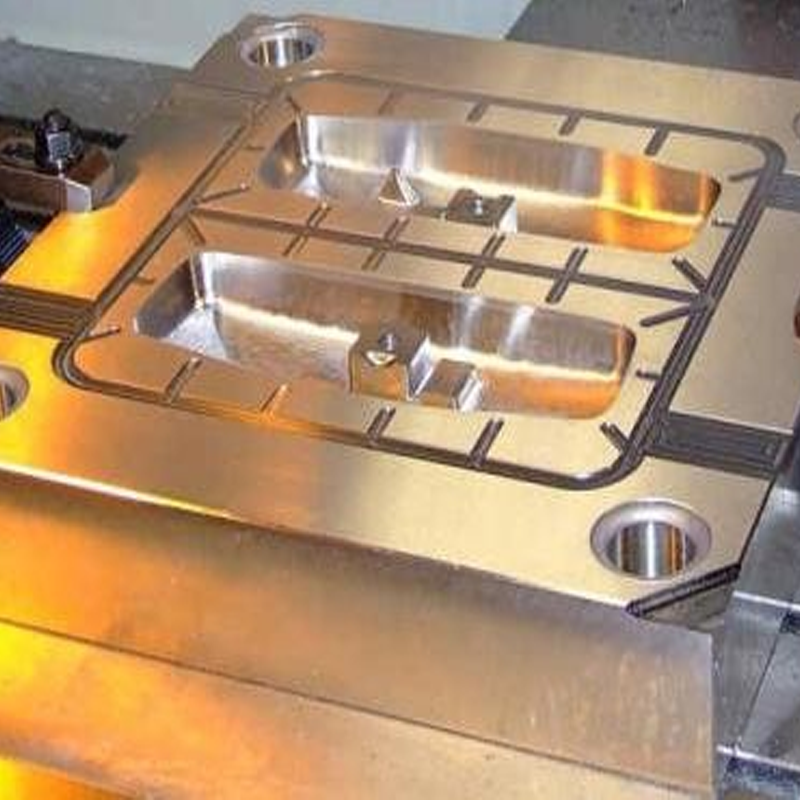In the engineering and manufacturing sectors, materials play a crucial role in the overall performance and reliability of products. Different materials serve diverse functions, and to meet the specific demands of these applications, engineers employ a variety of processing techniques. One of the most widely used and essential processes is heat treatment. This process modifies the mechanical and chemical properties of materials, ensuring that the final product meets the desired specifications for strength, durability, and performance.
Understanding Heat Treatment in Manufacturing
Heat treatment involves heating a material to a specific temperature, maintaining it at that temperature for a defined period, and then cooling it in a controlled manner. This process alters the material’s microstructure, enhancing critical properties such as hardness, toughness, wear resistance, and overall strength. While heat treatment is commonly associated with metals, it is equally important in the production of plastic and die-casting molds, where it ensures dimensional stability, wear resistance, and increased service life.
Manufacturing sectors such as aerospace, automotive, construction, and industrial tooling frequently use heat treatment to enhance the properties of their products. Heat treatment processes, including annealing, quenching, and tempering, are essential to achieve the desired material characteristics for specific applications.

Key Heat Treatment Processes for Metals
-
Annealing
Annealing is a heat treatment process aimed at improving the ductility and machinability of metals. It is especially critical in the manufacturing of metal plates, shafts, and other components prone to internal stress buildup, which can lead to brittleness. By heating the material to a specific temperature just above its recrystallization point and then cooling it slowly, annealing relieves internal stresses and promotes the growth of new, more uniform grains in the metal’s microstructure.
Key Steps of the Annealing Process:
- Heating:The material is heated to a specific temperature that is typically just above the recrystallization point of the material (e.g., for steel, this is around 500-700°C). The goal is to ensure uniform temperature distribution across the material.
- Soaking:After reaching the target temperature, the material is held (soaked) for a set period, which allows the material’s microstructure to stabilize.
- Cooling:The material is then cooled at a controlled rate, usually in the furnace or air, to prevent the formation of unwanted phases or stresses.

-
Quenching
Unlike annealing, which softens the material, quenching is used to increase the hardness and strength of metals. In this process, the material is heated to a high temperature and then rapidly cooled, typically using water, oil, or air. This rapid cooling causes a phase transformation, resulting in a hard, martensitic structure.
Key Steps of the Quenching Process:
- Preparation:Before quenching, the metal is thoroughly cleaned to remove any surface impurities that might interfere with the cooling process.
- Heating:The material is heated to a specific temperature where it becomes non-magnetic (a key indicator of the critical temperature).
- Quenching:The heated material is quickly immersed in a chosen quenching medium (water, oil, or air) to rapidly lower its temperature.
- Cooling Rate Control:The cooling rate is critical to the final hardness of the material. Faster cooling results in higher hardness but can lead to brittleness, while slower cooling yields softer, more ductile metals.

-
Tempering
Tempering is typically performed after quenching to reduce the brittleness of hardened metals. By re-heating the quenched metal to a lower temperature, tempering allows for controlled reduction in hardness while restoring some ductility.
Key Steps of the Tempering Process:
- Heating:The material is heated to a temperature below its critical point, typically between 150-700°C, depending on the required properties.
- Holding:The metal is held at the target temperature for a specific period, allowing internal stresses to relieve and the desired balance of hardness and toughness to develop.
- Cooling:After holding, the material is cooled slowly, usually in air, to prevent the formation of new stresses.
Heat Treatment for Die-Casting and Plastic Molds
Heat treatment is not limited to metal components. In die-casting and plastic molding industries, heat treatment is used to enhance the performance and longevity of molds. Molds are subject to significant thermal cycling during production, and proper heat treatment can significantly extend their lifespan and improve their dimensional stability.
Heat Treatment Processes for Die-Casting Molds:
- Preheating and Postheating:Molds are preheated before molding begins to reduce thermal shock during the initial heating phase. Postheating is performed after molding to relieve internal stresses and prevent deformation.
- Stress Relieving:This process, similar to annealing in metals, is performed at lower temperatures to reduce residual stresses in die-casting molds, enhancing their durability and preventing cracks.
- Nitriding for Mold Hardness:Nitriding is a surface-hardening process that involves heating the mold in a nitrogen-rich atmosphere. This forms a hard nitride layer on the surface, improving wear resistance without affecting the internal properties of the mold.
- Vacuum Heat Treatment:In high-precision applications such as medical devices and aerospace molds, vacuum heat treatment is used to avoid oxidation and surface contamination. This process occurs in a vacuum, ensuring the purity and quality of the material.

Conclusion
In conclusion, heat treatment plays a vital role in modifying the mechanical and chemical properties of materials used in manufacturing. By applying specific processes such as annealing, quenching, and tempering, engineers can tailor materials to meet the precise demands of their applications. Whether in aerospace, automotive, or die-casting industries, heat treatment ensures that components exhibit the necessary strength, hardness, and durability.
For die-casting molds, specialized processes such as nitriding and vacuum heat treatment further enhance wear resistance and extend mold life. By carefully selecting and applying heat treatment methods, manufacturers can achieve optimal material performance, ensuring their products meet the highest standards.
Let’s Talk!
Are you looking to optimize your manufacturing process with advanced heat treatment techniques? Whether it’s for metals, die-casting molds, or plastic components, Thesun Industry offers the expertise and precision needed to improve your products’ performance and durability.
Contact us today to learn more about how our heat treatment services can enhance your manufacturing capabilities and help you achieve your product goals! We’re here to help guide you through the best solutions for your business.

